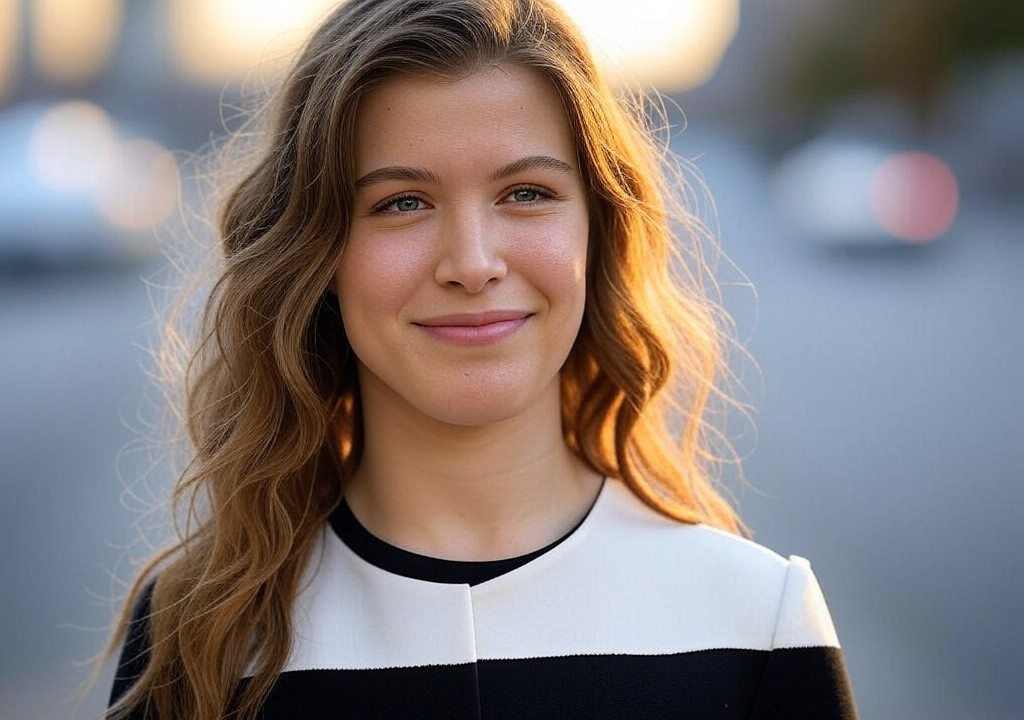There’s a strange, electric sort of anxiety that fills your chest the first time something you’ve created—be it a story, a song, or a particularly impressive charcuterie board—gets put on public display. It’s like you’re walking around in a glass house, daring people to throw stones. And when my first byline appeared beneath a short story in a small but fiercely cool literary magazine, I was simultaneously delighted and terrified. Delighted because, finally, my work existed in the world. Terrified because, well, what if no one liked it? Or worse—what if someone actually read it?
But let’s back up a bit. Getting to that moment was no small feat.
The Creative Mess Before the Magic
Before the polished sentences of that first story saw the light of day, they lived in the creative equivalent of a junk drawer. My laptop was a graveyard of half-finished stories, abandoned drafts, and ideas too vague to classify. One folder literally had the title, “Stuff That Might Be Good (???)” because even I wasn’t convinced.
I had no idea if my writing was any good, and like any relationship teetering on the edge of commitment, I was reluctant to define it. I remember reading work from other writers in my niche—bright, sharp voices who could evoke heartbreak or hilarity with a single sentence—and thinking, I could never do that. Comparing yourself to other writers is like scrolling through your ex’s Instagram post-breakup: a fast track to self-doubt.
But there’s a saying in Quebec (or at least in my family’s kitchen) that translates roughly to, Even a half-baked croissant is still better than no breakfast. In other words, show up—even if you’re messy, even if your writing feels flaky. So, I started showing up. Writing a little every day. Finishing pieces even when I was convinced they weren’t brilliant. Sending submissions into the digital void with no expectations other than the occasional “thank you” email from the editor’s autoresponder.
Rejection Is Just Another Tinder Swipe
Publishing, much like dating, is full of rejection. (And yes, sometimes the rejection hurts just as much as someone telling you, “You’re great, I’m just not feeling it.”) My inbox became a graveyard of form rejections, each one hitting like a polite “no thanks” from someone I wasn’t even sure I liked that much to begin with. “We regret to inform you…” became the quiet refrain of my writing life.
But here’s the thing about rejection: the sting always fades. Sure, I had moments where I questioned if I had any business pursuing this. I considered pivoting to something more stable, like artisanal jam-making or becoming the kind of person who learns to bake sourdough. But each rejection toughened me up, stripped away my need for permission, and left me with one enduring truth: I was writing because it mattered to me, not because I needed someone else to say it mattered.
The Night I Got The Yes
One Friday evening, fueled by red wine and the kind of self-loathing that drives you to click “refresh” on your email more times than is strictly healthy, I opened my inbox and found it: We’d love to publish your story.
Let me tell you, receiving that first “yes” is not unlike being on the receiving end of an unprompted romantic text from someone you like. My heart raced, my palms actualized the concept of sweat (gross, but true), and I reread the email approximately a thousand times to make sure I hadn’t misinterpreted it. I texted my family group chat, complete with overuse of exclamation points, and I may have cried a little. Okay, a lot.
Seeing My Name in Print
The publication date arrived like a first date with someone you’re genuinely excited about—full of tender anticipation but also the unnerving possibility that it might wildly implode. When the magazine finally landed in my mailbox, I couldn’t open it right away. I left it sitting on my kitchen counter for an hour, half-convinced that seeing my work in print would reveal some glaring flaw I’d previously missed.
When I finally flipped the pages to my byline, there it was: “Juliette Bouchard” (in gloriously serifed font; bless the layout editor). I savored the moment, imagining that this must be what crooners feel when they hear their debut single on the radio for the first time. Or, more likely in my case, what you feel when someone swipes right on your profile and throws in a “super like” for good measure.
But just as a picture-perfect date night can transition into “what are we?” conversations, seeing your work published awakens a deeper question: what’s next? The thrill of the first byline is fleeting, and before I knew it, I wanted the rush again. Turns out, writing for publication, like relationships, is equal parts joy and a commitment to the long haul.
What I Learned from My First Byline
Getting my first credit made me realize a few things about putting yourself out into the world, lessons that apply to both writing and love:
-
You Have to Risk Rejection: Whether you’re submitting stories or asking someone out on a second date, vulnerability is non-negotiable. You don’t get to the good stuff without a little risk.
-
Celebrate the Milestones: Sometimes, we’re so focused on the next big thing that we forget to savor moments of triumph, no matter how small. That first byline? My metaphorical trophy, proudly displayed next to my coffee-stained laptop.
-
Perfection Is Overrated: That first story wasn’t the best thing I’d ever written, but it was enough. The same goes for all of us who cringe at old photos of ourselves from 2012—we’re works in progress, and that’s okay.
-
Be Kind to Yourself: Self-doubt will weave its way into your creative process or your dating life. The trick is giving it a seat at the table but not letting it dictate the menu.
And They Lived Happily Ever After? Sort Of.
Since that first byline, I’ve written countless stories, articles, and yes, a few questionable drafts that will stay safely locked away. Each one feels like a new relationship—exciting and different, with its own quirks and challenges. And though the butterflies of the “first time” may always hold a special place in my heart, I’ve grown to love the steadier rhythm of showing up, creating, and putting myself out there.
After all, the best parts of life—whether it’s writing, relationships, or figuring out how to bake a decent baguette—don’t end after the first success. That’s just the beginning.




















